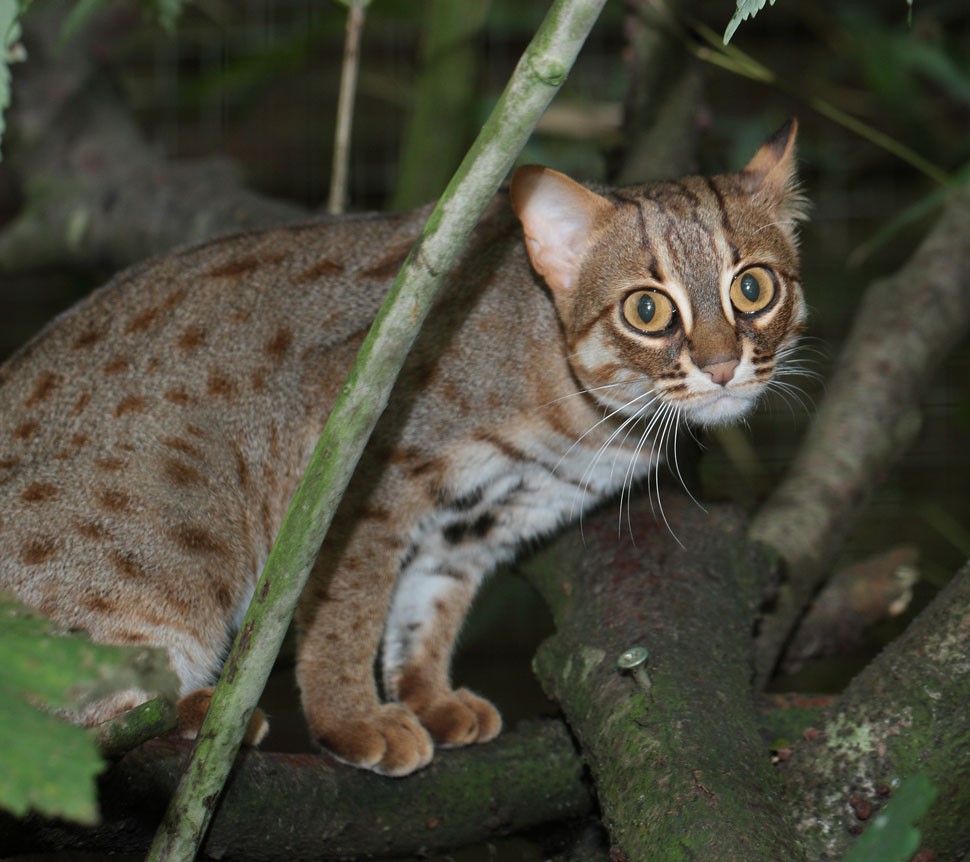In the caves of Meghalaya, scientists have discovered the largest known cavefish in the world. The fish looks very similar to the Golden Mahseer (Tor putitora), a surface-dwelling endangered fish. The newly discovered subterranean species is five times the average length of a cave-dwelling fish.
There are approximately 250 species of subterranean or troglobitic fish known globally. They are small creatures that have adapted to a permanent life in a cave. As there is little to no light inside a cave, most troglobitic animals have underdeveloped eyes or are blind, and are white in colour.
Also Read: How to Save a Fish that Looks and Acts Like a Snake
They are also relatively small in size as compared to surface dwellers as nutrients inside the caves is limited. Most species are between 20 to 130 mm in length.
The newly discovered fish, however, is an anomaly in many respects.
“It has always been assumed that cave fishes exceeding 350mm would be most unlikely on resource grounds but this has now been shown to be spectacularly wrong. The fish discovered in Meghalaya in February 2019 is not only substantially longer than the longest previously known species but is considerably bulkier with a body mass likely to exceed that of the next largest cavefish by at least an order of magnitude.” The published study states.
The researchers found small (~15 cm), medium (~25 cm), and large (~35 cm) sized individuals in various locations of the remote and densely forested area of the Jantia Hills, Meghalaya.
“Although clearly of the same species, there are distinct morphological differences between the small and the large individuals. The smaller individuals are proportionately slender in body form than the relatively heavily built larger individuals.”
The most striking morphological difference is in the eyes of the fish. The small individuals have clearly visible eyes, the medium ones have smaller and less distinct eyes whereas the largest ones have almost no eyes and are very difficult to observe.
Because of the morphological similarities with the Golden Mahseer, the scientists believe that these cave-dwellers evolved from the surface fish but could be genetically distinct because of the years of separate evolution.
What is important to note is that like many cave animals, the ability of the fish to move into new areas tends to be constrained by the layout of the caves in which they live. In some cases the entire world population of a species might be restricted to a single cave system. If that is the case with this fish, it would make the population extremely vulnerable even to tightly localized impacts that might be associated with changing land use, pollution or harvesting.
The discovery was made by a team of scientists namely Dan Harries, Thomas Arbenz, Neelesh Dahanukar, Rajeev Raghavan, Mark Tringham, Duwaki Rangad, and Graham Proudlove.
Also Read: A kingfisher turns into a frog in the Western Ghats
Since 1992, the ‘Caving in the Abode of Clouds Project’ has been conducting annual expeditions and exploring the caves of Meghalaya. The project includes cave explorers and scientists from around the world and works in association with the Shillong-based “Meghalayan Adventurers’ Association”. In addition to exploration, mapping, and scientific monitoring and analyses of the caves, the team is also involved in studying and collecting data on species that live in these caves.
The project has resulted in the discovery of a number of new cavernicolous species in the past. These include a Huntsman Spider, two bats, and a troglobitic fish, Schistura papulifera.
Read the complete research here.








